How confident are you that the data you have in cloud is protected?
That’s one of the questions I asked in the cloud data protection survey I ran as part of a book giveaway competition in June-July. In the end I decided to give away two copies of Protecting Information Assets and IT Infrastructure in the Cloud, and I’ve contacted the winners to start organising getting their prizes to them.

There were 57 respondents to the survey, with a majority saying they’re using Cloud:
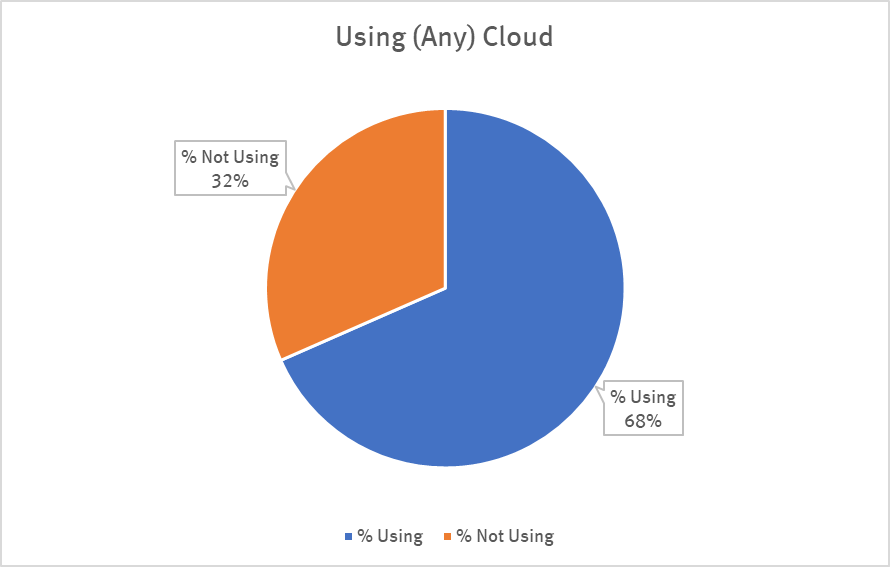
In terms of the results I’m going to present, I’m going to focus on the 39 respondents who said they were using Cloud in some form or another.
The first block for me was to understand what sort of breakdown there was on the types of cloud: private, hybrid or public.
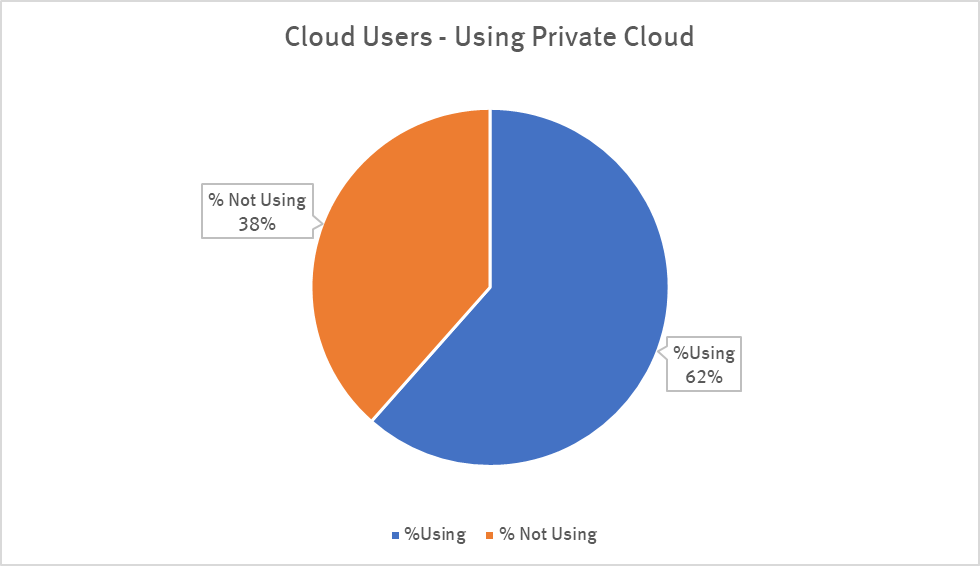
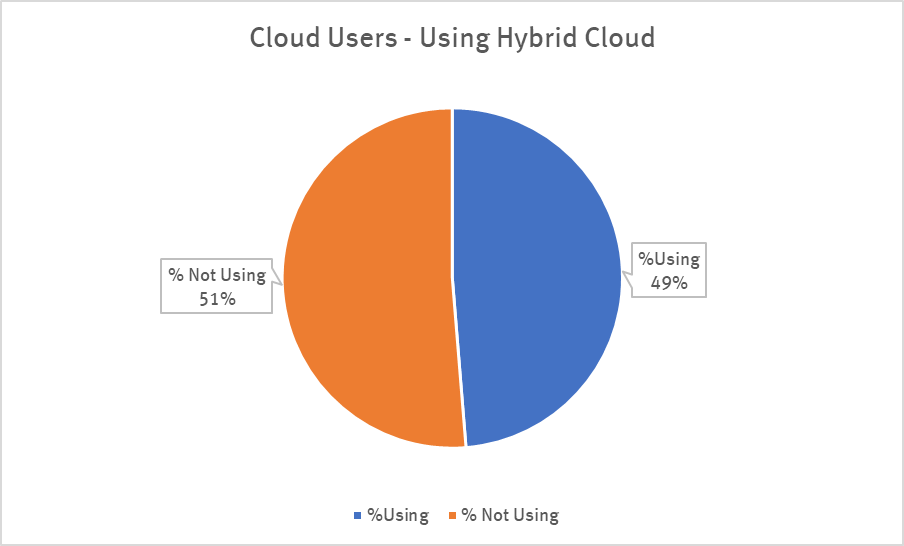
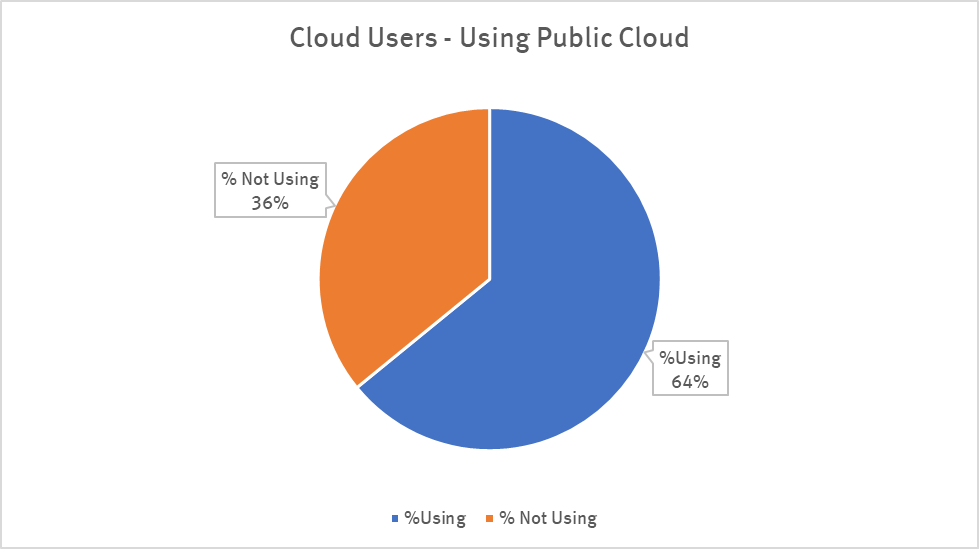
I’m not entirely surprised by any of those results; I expected public cloud to be the most used cloud variant of the three, and hybrid cloud is still a developing process for many organisations.
The next block then was – “what sorts of public cloud services are you using?” I broke this into the following categories:
- Infrastructure as a Service (IaaS)
- Platform as a Service (PaaS)
- Software as a Service (SaaS)
- Function as a Service (FaaS)
- Storage as a Service (STaaS)
- Disaster Recovery as a Service (DRaaS)
- Cyber-Recovery as a Service (CRaaS)
Here’s the breakdown for each:
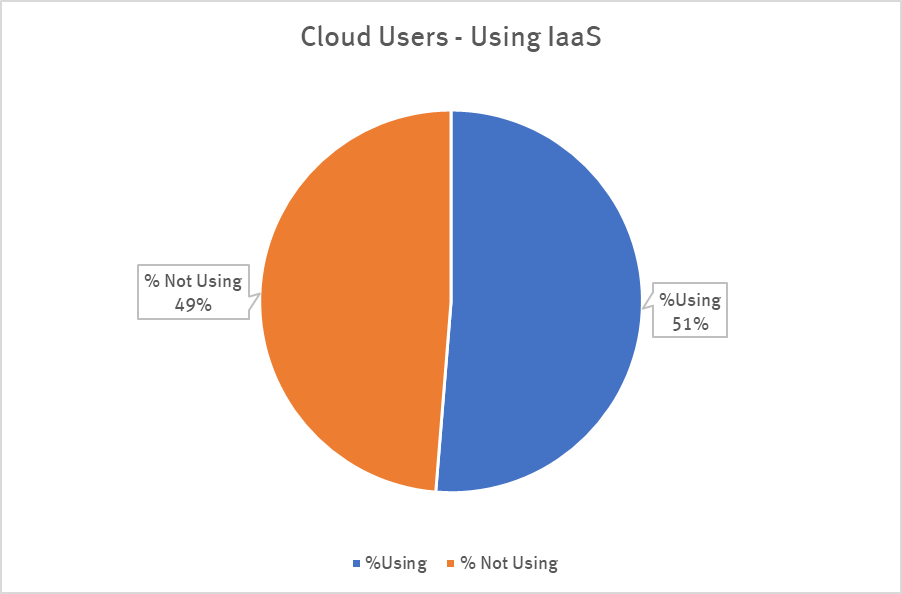
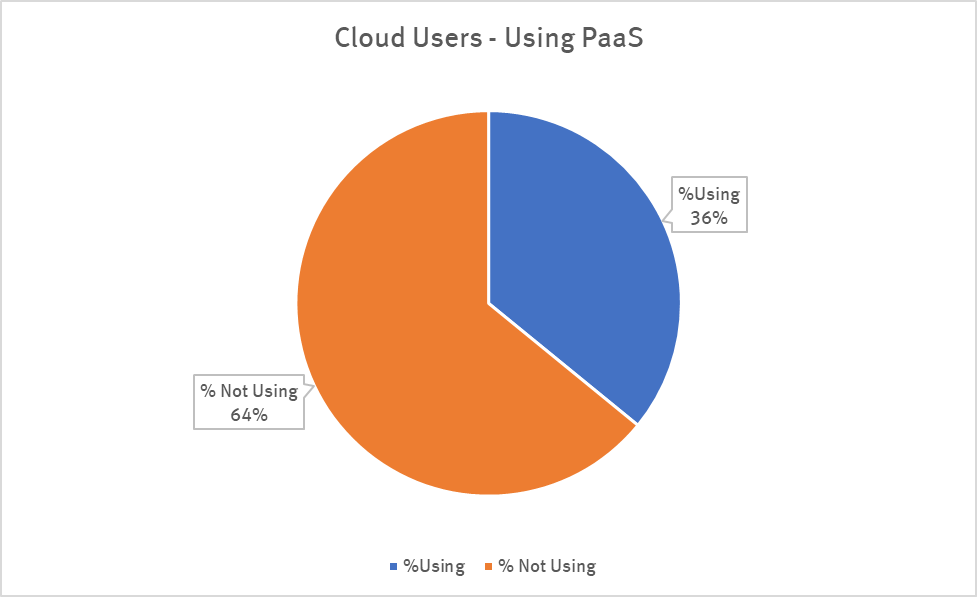
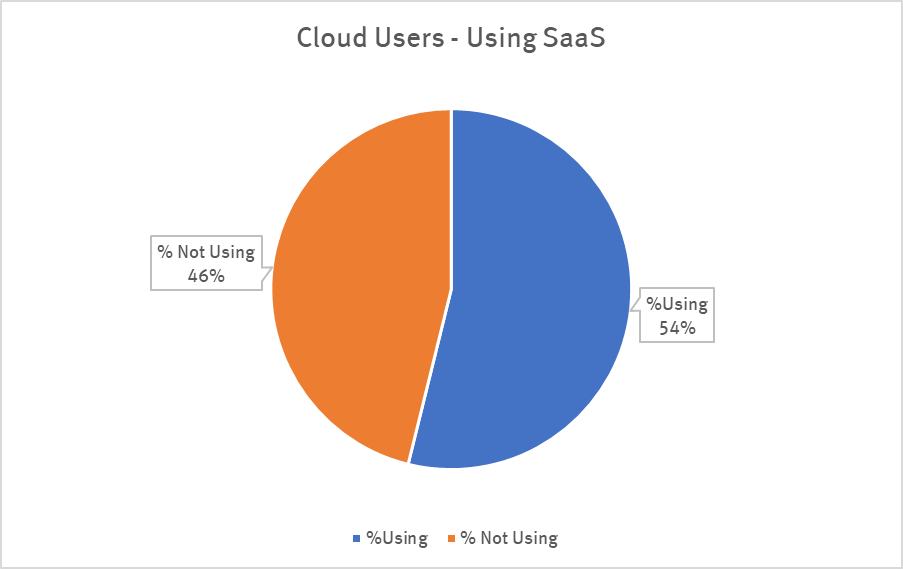
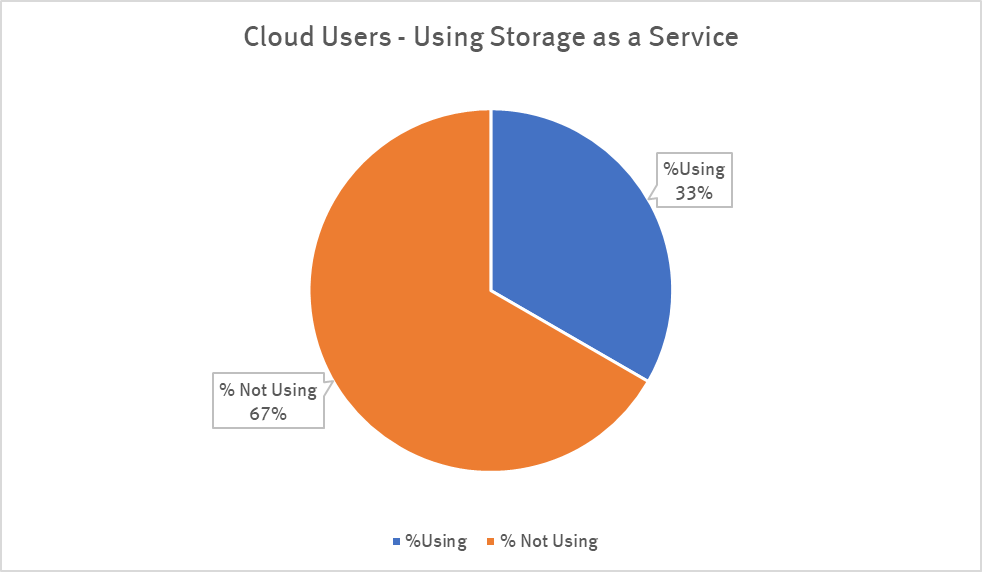
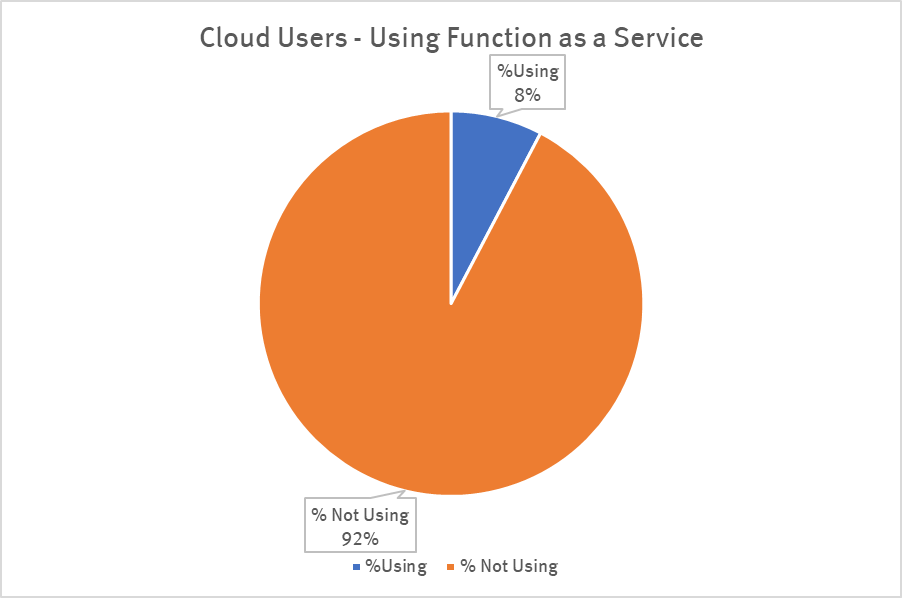
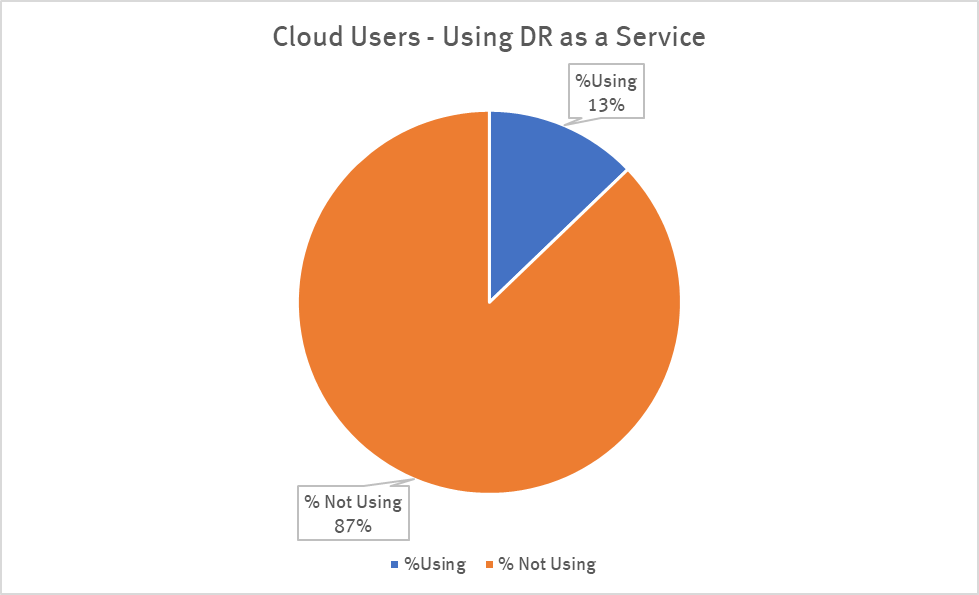
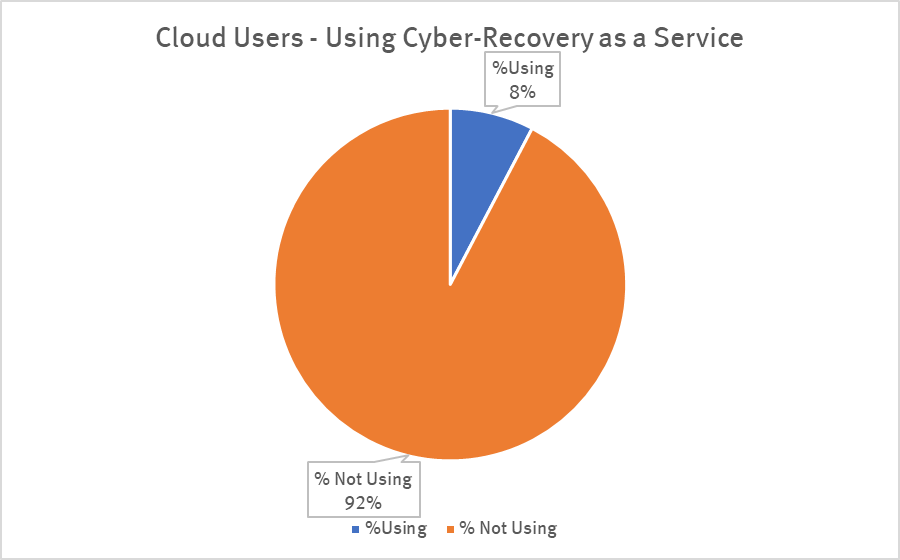
I didn’t find myself thinking “oooh that’s unexpected” really at any of those numbers. It makes sense to me that CRaaS and DRaaS has some footprint already, as these are logical uses of the cloud, and the breakdown on the other cloud workload use cases seem to align to how my customers talk about their cloud plans and goals.
Next for me was understanding how much data people had in Public Cloud, so this is limited to just those who had public cloud workloads: the numbers ranged from 5 GB to 3000 TB, with an average of 227TB and a median of 20TB.
Multi-cloud is the term de jour at the moment, so I was also interested in the number of different clouds people were using. For users of any type of cloud, the fewest number of clouds was (predictably) 1, the maximum from respondents was 10, and the average, 2.4 (median 2).
Next though – Cloud Native protection vs Backup and Recovery in Cloud. For both, this was on the basis of – “what percentage of public Cloud workloads are you protecting using {cloud native|backup and recovery}?” Options for answers were:
- None
- 1-25%
- 26-50%
- 51-75%
- 76-100%
The answers were:
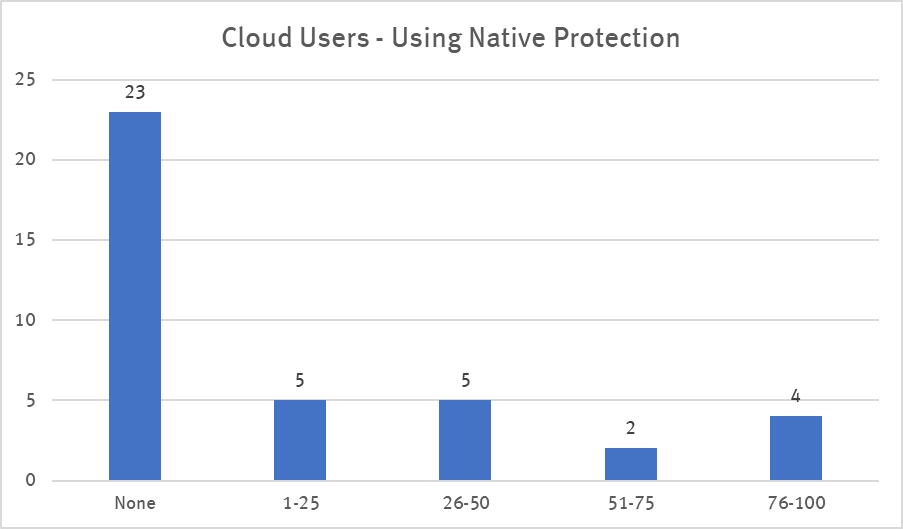
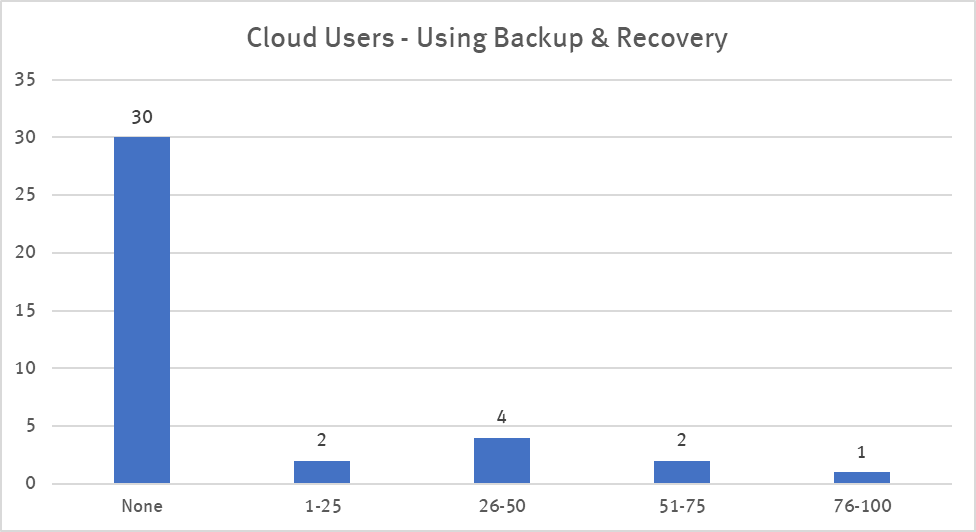
(Those are both in numbers of respondents, not percentages.)
Since (in my opinion) the evolving best practice is to protect workloads both using native techniques and backup and recovery (to give combined storage, mobility and recoverability efficiency), I wasn’t surprised from the raw results saying there was definitely overlap that at least some of the time meant workloads were protected both ways.
What was interesting (interesting:concerning) was in both cases the number of respondents who indicated workloads weren’t protected in public cloud at all.
The unsurprising extrapolation from this then was the answer to “how confident are you that your workloads are protected in public cloud?”
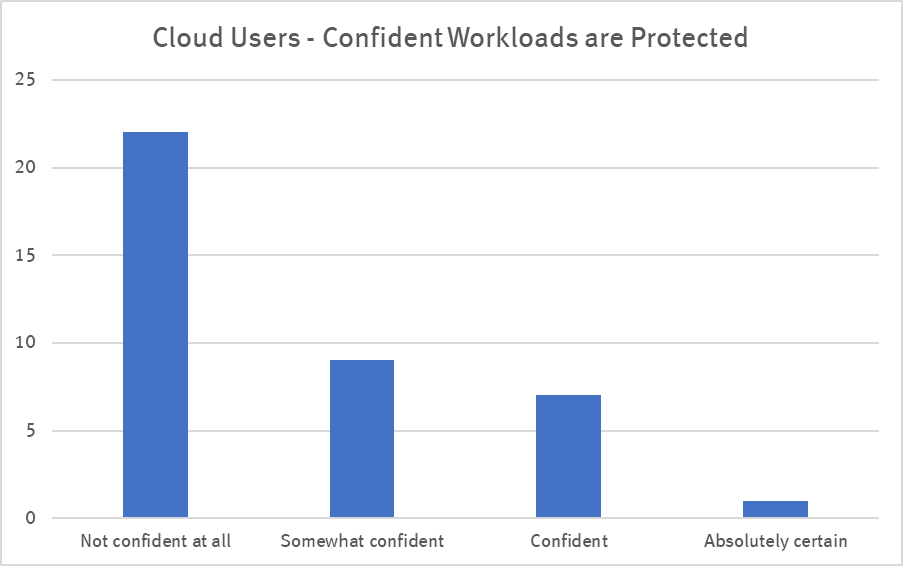
(Overall, the more data a respondent had in public cloud, the more confident they were that their workloads were protected.)
By and large I didn’t see any results that surprised me based on customer and partner conversations I’ve been having over the past 12-24 months. In actual fact, the one area that was surprising to me was the number of respondents with public cloud workloads not using cloud native protection at all. Maybe that’s accurate, or maybe it’s reflective in the increasing fork that I’m seeing between “infrastructure” teams and “digital/cloud” teams within many organisations … i.e., maybe there’s some manually or simply managed cloud-native protection going on that people aren’t aware of.
If you do want to get more confidence in your cloud workload protection, reach out to your local Dell EMC data protection solutions team!